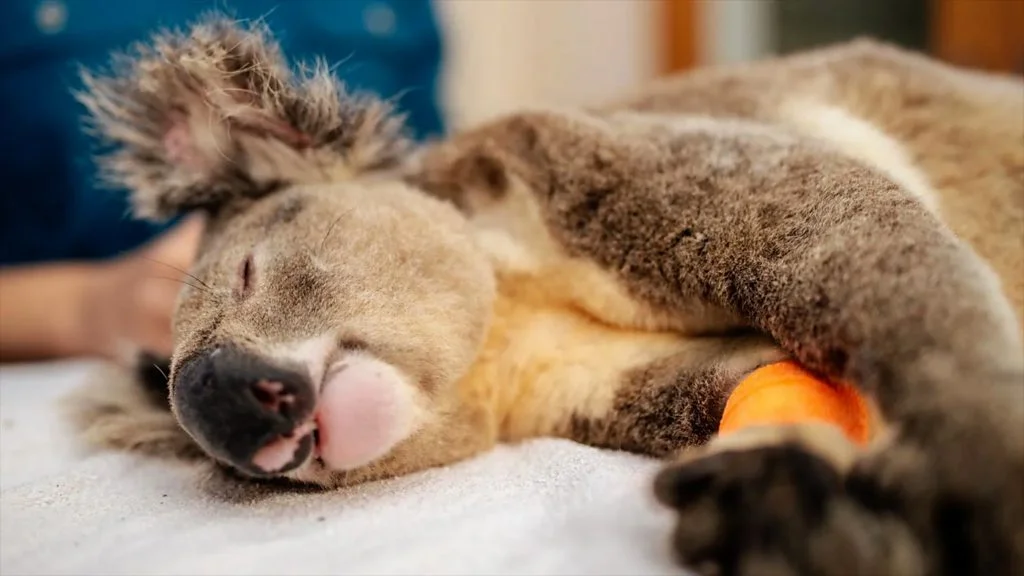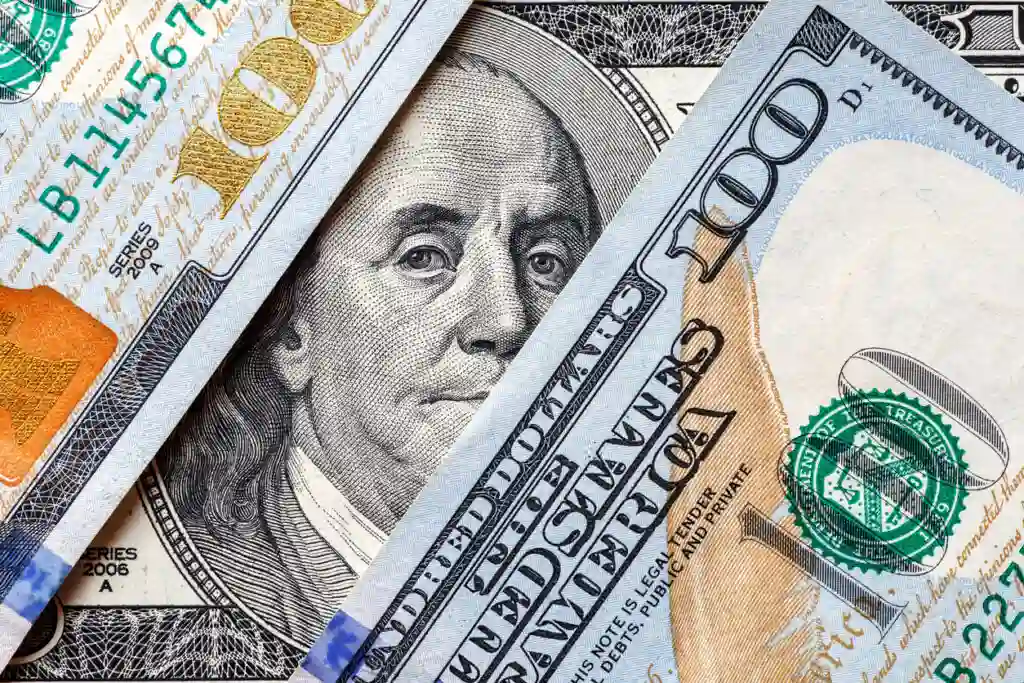Australia has approved the world’s first single-dose vaccine to protect koalas from chlamydia, a disease that has devastated the endangered species.
The vaccine will be rolled out in wildlife hospitals, veterinary clinics, and field programs, offering a critical lifeline for koalas at risk of decline.
A Lifeline Against Chlamydia
Chlamydia, a sexually transmitted infection, is one of the leading causes of death in wild koalas. It leads to infertility, blindness, and severe illness. In some colonies, the mortality rate reaches 50%.
In Queensland and New South Wales, infection rates range from 50% to 70%, leaving some colonies on the brink of extinction.
Professor Peter Timms of the University of the Sunshine Coast, who led the vaccine’s development after over a decade of research, said the breakthrough could reduce symptoms during breeding age and lower wild koala deaths by at least 65%.
How the Vaccine Works
- Reduces infection rates
- Prevents progression to severe disease
- In some cases, reverses existing symptoms
Timms stressed the urgency, warning, “Some individual colonies are edging closer to local extinction every day.”
Koala Population Crisis
Koala numbers have fallen by half in the past 20 years. The decline is linked to chlamydia, habitat destruction, climate change, and bushfires.
In 2022, koalas were officially listed as endangered in Queensland, New South Wales, and the Australian Capital Territory.
Australia’s national monitoring program estimates:
- 95,000 to 238,000 koalas remain in Queensland, NSW, and ACT.
- 129,000 to 286,000 koalas live in Victoria and South Australia.
Government Support and Funding
The Australian government has pledged A$76 million (US$50 million) for koala conservation. Funding will focus on habitat restoration, research, and disease management.
Why This Breakthrough Matters
The new vaccine brings fresh hope for saving one of Australia’s most iconic animals. By cutting infection and mortality rates, it could help stabilize colonies and prevent local extinctions.
When combined with habitat protection and climate action, this scientific milestone could secure the future survival of koalas and keep them thriving for generations.






